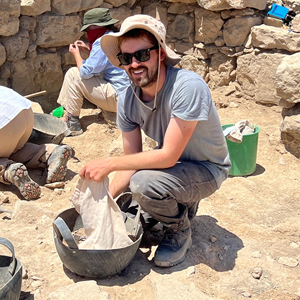 |
Jordan Weitzel
PhD candidate at UC Berkeley
Dissertation Title: Early Iron Age Burial Practices in Light of the Cemetery of Ḥorvat Tevet
Trial and salvage excavations at Ḥorvat Tevet in the Jezreel Valley revealed a cemetery comprised of twenty-five burials on the upper and middle terraces of the site. The goal of this research is to use burial practices to shed light on various aspects of the community that used this cemetery, including social structure, ideology, and funerary rituals. This is accomplished through an application of both processual and post-processual frameworks to mortuary data. Finally, the cemetery of Ḥorvat Tevet is placed within its wider regional context in order to assess continuity and change in burial practices in the Jezreel Valley from the end of the Late Bronze Age to the Iron IIA.
Supervisors: Oded Lipschits and Omer Sergi
|
|
|
Dr. Vanessa Linares
Visiting Researcher (Feodor Lynen-Minerva Stifung Postdoctoral Fellowship) Prehistoric and Early Historical Archaeology, Ludvig Maximilians University Munchen
Dissertation Title: Organic Residue Analysis of Small Closed Containers from The Late Bronze and Early Iron Ages: Tel Azekah, Tel Shadud, and Tel Megiddo as a Case Study.
The aim of this research is the application of organic residue analysis on the small closed containers from Tel Azekah, Tel Shadud, and Tel Megiddo during the Late Bronze and early Iron Ages. The goal is to better understand the cultural practices of the local inhabitants, and possible trade networks within the Levant.
Supervisors: Oded Lipschits, Yuval Gadot, and Ronny Neumann.
|
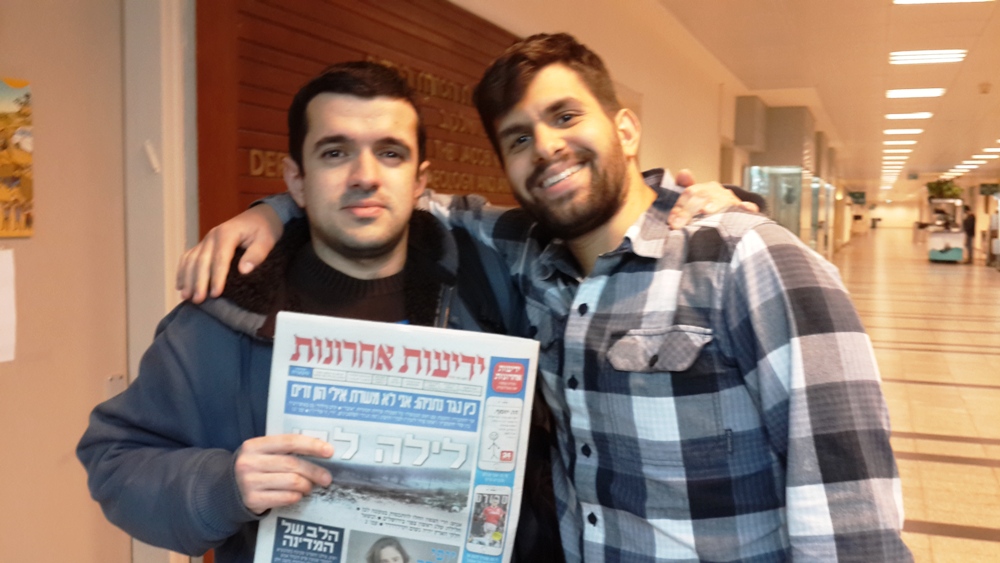 |
Gennadiy Shoykhedbrod
Professor in the Anthropology Department at Anne Arundel Community College, Arnold Maryland, USA.
Upon completing his MA with the International Program at Tel Aviv University, Gennadiy commenced his carrer as a field archaeologist for the Israeli Institute of Archaeology, followed by his current position as an adjunct faculty member for the Department of History and the Department of Anthropology at Anne Arundel Community College, in Maryland.
Gennadiy teaches courses of Ancient Western Civilizations and Introduction to Archaeology, which are directly linked to the academic education and the unique fieldwork experience he gained while studying at TAU.
|
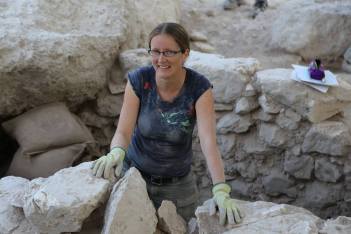 |
DR. Lyndelle Webster
Associated researcher at the Austrian Archaeological Institute of the Austrian Academy of Sciences.
Dissertation Title: Developing a Radiocarbon-Based Late Bronze Age Chronology for Southwest Israel, Using Tel Azekah as a Reference Site.
This project seeks to establish a robust radiocarbon-based chronology for the Late Bronze Age in southwest Israel, which will contribute new data and Bayesian modeling from Tel Azekah. The project will also contribute fresh evidence to key debates, including the Late Bronze to Iron Age transition.
Supervisors: Yuval Gadot, Oded Lipschits, and Yann Tristant.
|
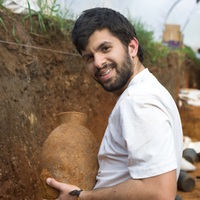 |
George Mavronanos
PhD candidate at Haifa University
Dissertation Title: Kition in the Classical Period: A Ceramic Study.
George is conducting a study on the pottery of Kition (Cyprus) during the Classical/Persian period. He will try to establish a new classification system for the local ceramic typology and explore the cultural affinities of the local ceramic repertoire with the Phoenician world and the Levant. The study is expected to contribute more to modern research around the Cypro-Phoenician culture and its connections with the Persian Levant.
Supervisors: Prof. Ayelet Gilboa, Dr. Dan’el Kahn, Dr. Sabine Fourrier.
|
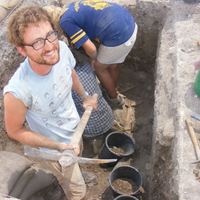 |
Dr. Zach Dunseth
Visiting Assistant Professor of Archaeology and the Ancient World (2021-2022); Postdoctoral Research Associate in Archaeology and the Ancient World (2019-2021), Joukowsky Institute for Archaeology, Brown University, Providence, RI
Dissertation Title: The Negev Highlands During the Intermediate Bronze Age (c. 2500 – 1950 BCE): A Geoarchaeological Perspective.
Zach’s research is an integrated micro- and macro-archaeological study of settlement in the Negev Highlands during the Intermediate Bronze Age (c. 2500-1950 BCE). Using three sites as case studies, Zach applies various geoarchaeological methods including micromorphology, petrography, and radiocarbon dating, to reconstruct the subsistence practices, trade, and absolute chronology, of the southern Intermediate Bronze Age phenomenon.
Supervisors: Israel Finkelstein and Ruth Shahack-Gross.
|
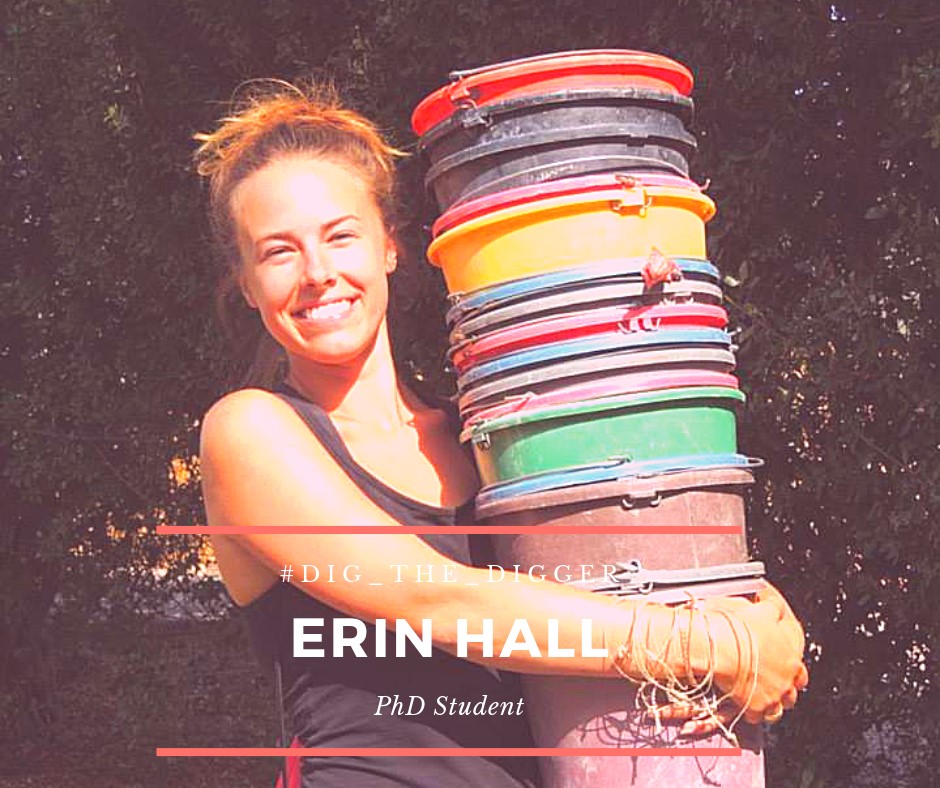 |
Dr. Erin Hall
Visiting Assistant Professor at Oxford Collage at Emery University, Atlanta, GA, USA
Dissertation Title: Archaeology of Cult in the Northern Kingdom
Erin deals with archaeological evidence of cult in the Northern Kingdom (Iron Age IIA-B). She will evaluate new and “old” material, to facilitate a fresh consideration of change and continuity in cult practices.
The aim is to examine the organization of cult in the north in contrast to neighboring regions, alongside methodological issues such as, “what makes a cult place?”
Supervisor: Israel Finkelstein.
|
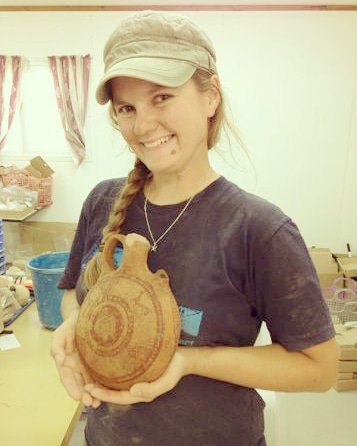 |
Dr. Sabine Kleiman
Tel Aviv University, Archaeology and Ancient Near Eastern Cultures, Teaching fellow
Dissertation Title: “The Potters of the Shephelah: Between Tradition and Innovation”: Technology, Typology, and Symbolism of Pottery during the Bronze and Early Iron Ages
The research aims to investigate the production, style, and movement of ceramic in the Shephelah during the Late Bronze and early Iron Ages, through a holistic and long-term study of pottery production. The project will utilize the methods of petrography, xeroradiography, and typology, which will provide information about the provenance, production technique, and tradition of the examined ceramics.
Supervisors: Oded Lipschits, Yuval Gadot, and Anat Cohen-Weinberger.
|